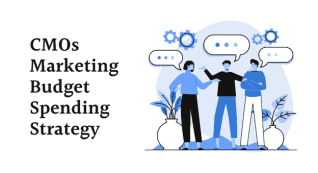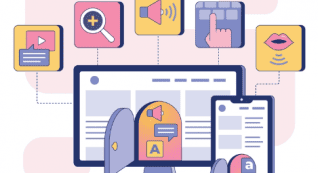Table of Contents
Introduction to Website Accessibility
In today’s digital age, online platforms are where most people get their information. The internet allows for quick access to whatever a consumer may need, yet every consumer has a different experience in the online world. While we often focus on aesthetics and functionality, it is equally important to consider accessibility. Accessibility ensures everyone can navigate and engage with online content regardless of their abilities. Websites that are not accessible harm both users with disabilities and the company itself.
The World Health Organization estimates 1 in 6 people in the world’s population experiences a significant disability. By providing an inclusive online experience, businesses can tap into this market and broaden their customer base. An accessible website enhances brand reputation, fostering positive word-of-mouth recommendations and customer loyalty.
Web Content Accessibility Guidelines (WCAG)
Websites need to consider users with visual, auditory, cognitive, and motor impairments to be fully accessible. The World Wide Web Consortium (W3C) is the primary standards organization for the global online world. W3C created WCAG 2.1, the most up-to-date benchmark for website accessibility. These guidelines outline steps website creators can take to make their domain user-friendly for everyone. There are four main principles of the WCAG: perceivable, operable, understandable, and robust. Each of these principles is divided into further categories.
Perceivable
Perceivability primarily focuses on the visual or audio format of a website. This principle says that text alternatives for non-text content are necessary so that a person who is blind can understand the contents of a webpage. Furthermore, transcripts of videos or podcasts are essential for those who are deaf or hard of hearing. Contents of the website should also be distinguishable by creating text that is easy to read and colors that users can differentiate.
Operable
Having an operable website means users can interact and use every part of the website. This principle states that a developer must make the website functional through a keyboard interface. An operable website also does not include content that can cause seizures or a physical reaction. Navigability is crucial in this principle so users can easily find what they seek.
Understandable
Website content must be easy to read and understand by the user and assistive technology to follow the Understandability Principle. Understandability is split into three categories: readable, predictable, and input assistance. These three categories help ensure users of all abilities can understand the website’s contents.
The Robustness Principle
A website must be compatible with various user agents, including assistive technologies and browsers, to be robust. Being robust also means a website is compatible with today’s and future technology.
Making an accessible website can benefit your company
By creating an accessible website, you are taking steps towards a more inclusive society. It is a company’s responsibility to ensure all its customers have equal access to information which is why implementing principles to improve user experience is so important.
Improving web accessibility not only helps those with disabilities navigate the online world better but also improves overall user experience. By considering the needs of individuals with disabilities, websites become more user-friendly, resulting in a better experience for everyone. A seamless user experience increases engagement, longer visit durations, and higher conversion rates.
Perform an Accessibility Check
Start by browsing your website to make sure it is functional. Use clear headings, logical page structures, and descriptive labels for buttons and links. This enables screen readers and keyboard navigation to function effectively.
Include alt text (alternative text) for images, describing their content concisely. Provide captions or transcripts for audio and video content. This helps individuals with hearing impairments access the information presented in multimedia formats.
Use color combinations that provide sufficient contrast, making your content readable for individuals with visual impairments. Avoid relying solely on color to convey critical information, and provide additional cues such as text or icons.
Ensure that all functionality on your website can be accessed using a keyboard alone; those with motor impairments may rely on their keyboard for website navigation.
WCAG 2.1 should be used as a guide for updating your website. WCAG covers what is necessary to make a website more user-friendly. Adding alt text and changing the appearance of your website are fixes that you can do yourself, but with the more challenging fixes like the structure of your website and navigation, you may need to call in some help. Hiring a digital marketing agency like Emojo can benefit your company. Having a 3rd party specializing in UX/UI can help ensure your website has every component it needs to be accessible to everyone.
Conclusion
Disability accessibility is not just a legal requirement but a fundamental principle that promotes inclusivity and equal access to online resources. The internet is at the forefront of our society, meaning companies must ensure everyone can access these online abilities. By designing websites with accessibility in mind, you are investing in inclusivity, user experience, and social progress.














